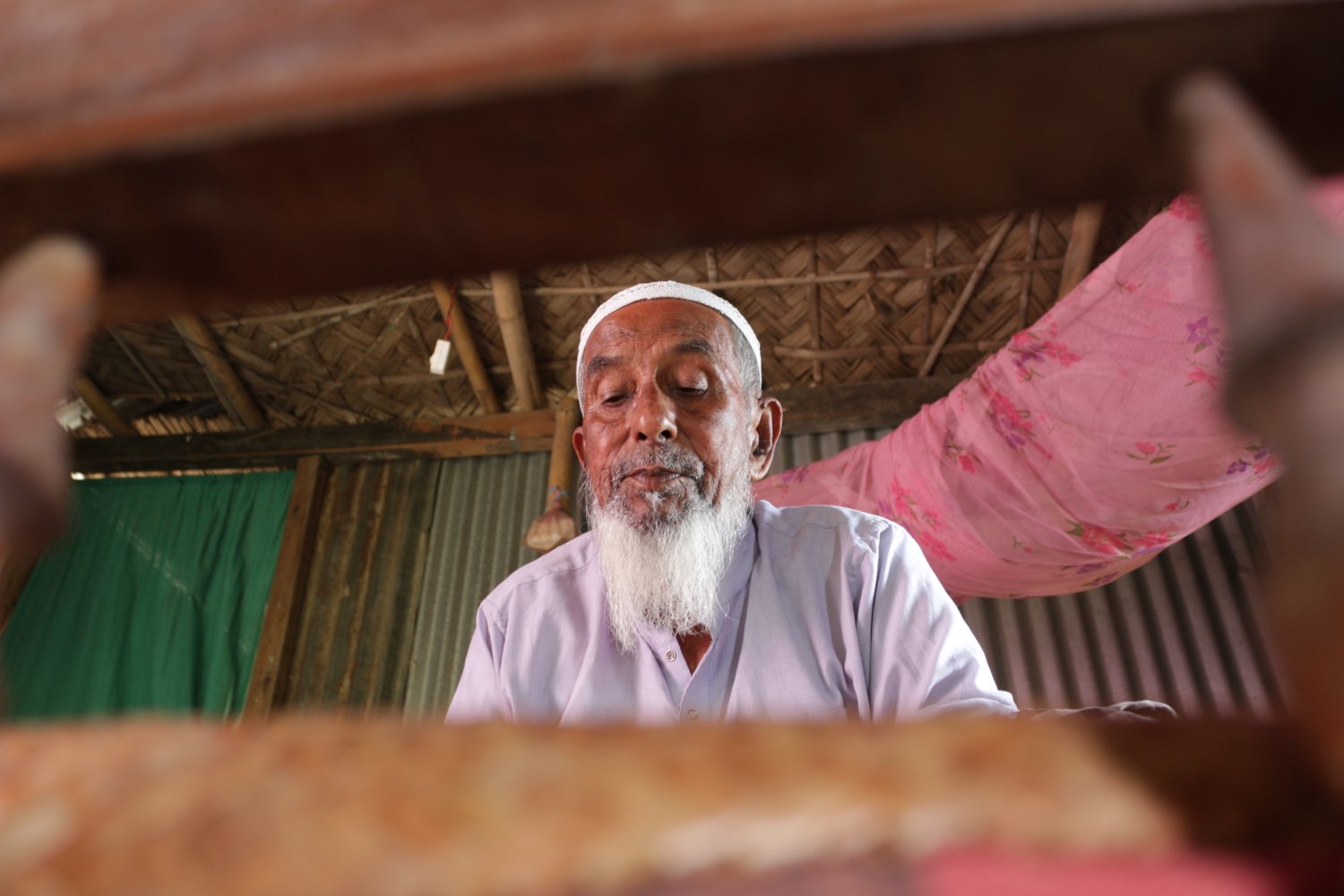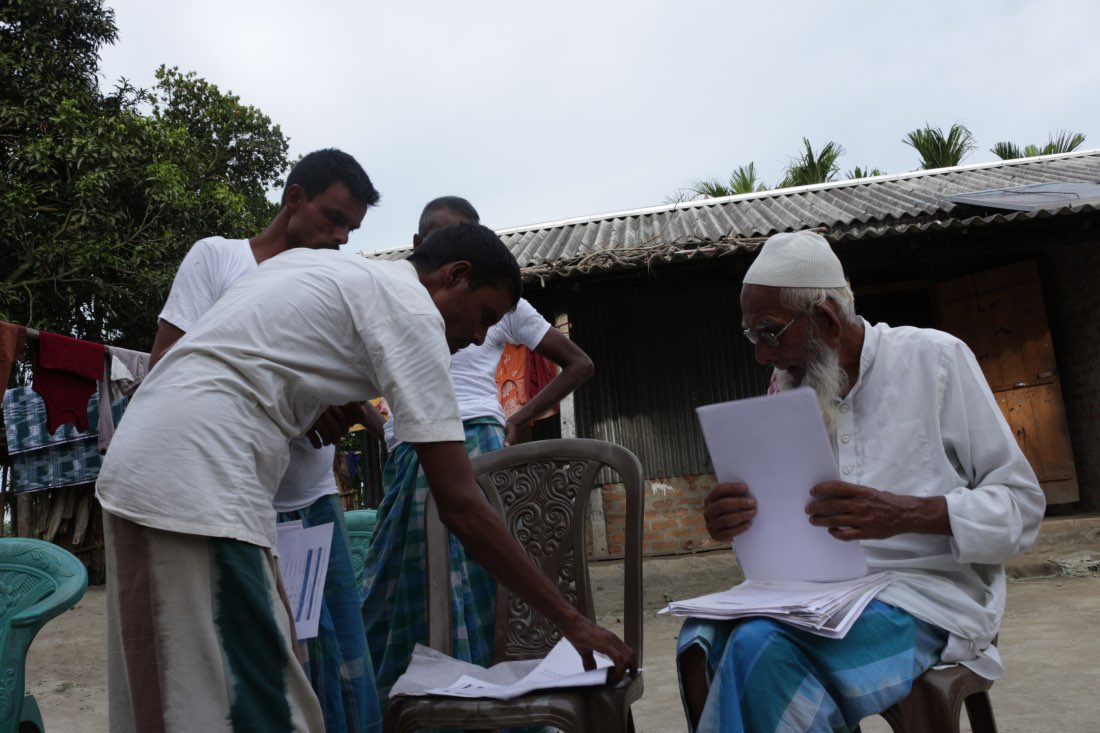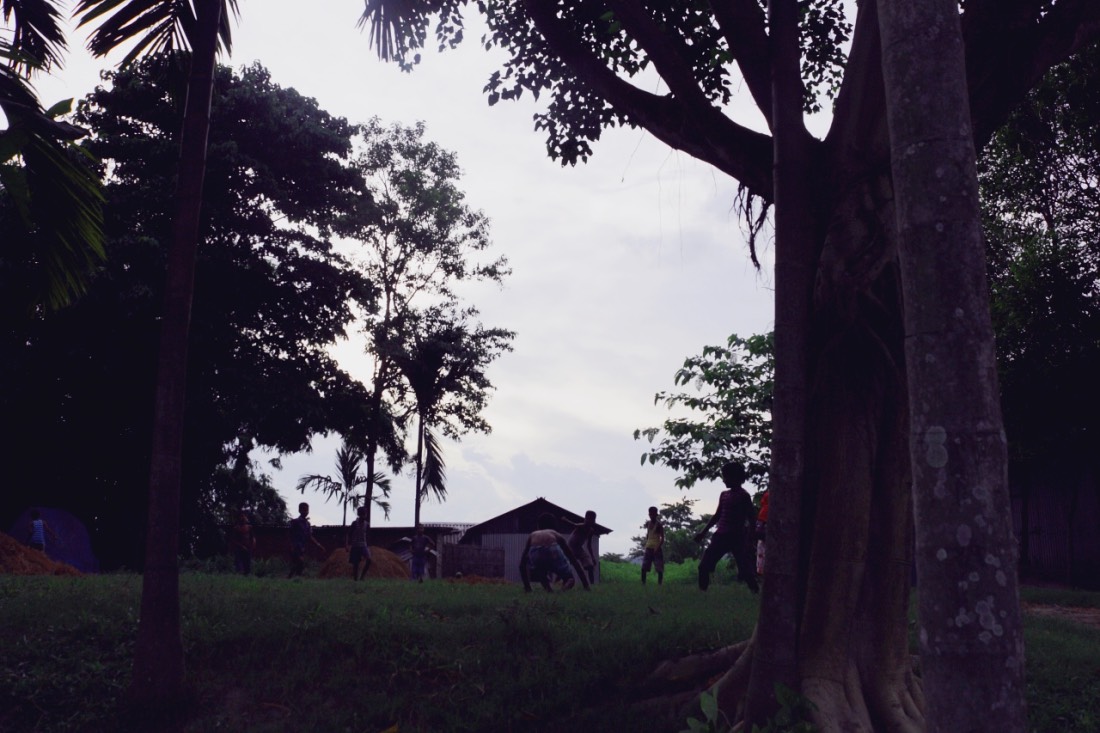
The ruling Bharatiya Janata Party’s (BJP) decision to take over the 77,000 bighas or 25454 acres of land would mean hundreds of families in Assam settled in Darrang area would be devoid of livelihood. Spread across six non-cadastral villages and housing a population of around 40,000 people, building an agricultural farm on the land would certainly leave the population stranded—without land to till and probably without a shelter for many.
Mahibul Hoque | TwoCircles.net
GUWAHATI – When elders at Fuhuratoli village which falls under the Sipajhar revenue circle in Darrang district of Assam sat together on a hot and humid July afternoon, the air filled with anguish, anxiety, and distrust. The elders are the ones who settled on the barren land—surrounded by rivers, inundated during monsoon every year—for the first time after their homes were washed away by flood induced erosions.

They have been contemplating the announcement by the Assam government to turn the “77,000” Bigha land into an agricultural farm because their descendants are already using the vast stretch of land for agricultural purposes.
The ruling Bharatiya Janata Party’s (BJP) decision to take over the 77,000 bighas or 25454 acres of land would mean hundreds of families settled there would be devoid of livelihood. Spread across six non-cadastral villages and housing a population of around 40,000 people, building an agricultural farm on the land would certainly leave the population stranded—without land to till and probably without a shelter for many.

Once a sand dune, this huge chunk of land, now fertile, did not catch the eyes of anyone prior to the BJP’s ascent to power except the families who settled there over a period of 4-5 decades. Things changed since the BJP started weaponising evictions in Assam and hence this larger area has also been the vantage point for the saffron party as “Muslims reside and cultivate the whole area”.

After a cabinet meeting on June 8, Assam chief minister Himanta Biswa Sarma announced that his government would utilise the 77,000 bigha of “govt land freed from encroachers at Gorukhuti, Sipajhar in Darrang” for agricultural purposes. Sarma’s reference to “encroachers” means the people living there for decades and also his claim of ‘the government land’ falls flat as people are living at their homes as of now.
However, fear runs high among the residents of No 1 Dhalpur, No 2 Dhalpur, No 3 Dhalpur, Kirakara, Fuhuratoli and Kekurua villages as the BJP government has been evicting people since it came to power in 2016.

Who are the “encroachers”?
While Assam CM claimed the land was 77,000 bighas, but in reality 15,000 bigha land is actually available for agriculture and habitation, and erosion has swept away the rest of the soil, according to locals. The stretch of land which has become a conflict point now hosts climate refugees from various districts of Assam who started settling there during the late 1980s.

These climate refugees also had to face the anger of unruly Assamese nationalist mobs, who, during the 1980s Assam Movement, burnt down the houses of many of these families.
Khabar Ali is now 84-years-old and has been living at Fuhuratoli village since 1993 after his house was washed away at Nanglichar, a village around 30 km away from his current home.
Ali was among the 199 fortunate families who were allotted land in the village. “I lost my home so many times. In 1983, my home was burnt by mobs during the riots and later the Brahmaputra swept away whatever I had. Since then we had shifted to this place and now again, I may have to lose my home again,” Ali told TwoCircles.net.
Ali was born in Muamari village under the Mangaldai constituency in the Darrang district prior to Independence. When India got independence, the Assam government removed people from the village and allotted land in Chenibari under the Kolaigaon constituency. However, the 400 families chose to move to Nanglichar as it was convenient for them to do agricultural activities there. Following the 1983 carnage and successive erosions, most of these families moved to Dholpur, Fuhuratoli, Kekurua and nearby areas.
One of the earliest settlers and the person behind getting the land allotment at the village was Jainal Abedin. 70-year-old Abedin took demands for land allotment of the erosion affected families to the Gauhati High Court and the High Court allotted the 995 bigha land to 199 families.

Talking to TwoCircles.net, he said, “Fate has once again brought the fight against displacement to me and I hope the government does not evict me again.”
Abedin said, “We obtained internally displaced person certificates given to erosion affected families and were given the land allotment. But many settlers did not know about it and could not get land allotment.”
Looking for better opportunities, Abedin shifted to Bontapur village in Darrang district from Kherbari village of present-day Dhubri district.
All the elderly people from the villages shared similar stories of their forced migration from village to village before settling at the hinterlands on the banks of the Brahmaputra river.
Narrating the displacement of their families, 76-year-old Momin Ali said, “We are the eldest people to live here. We have seen people settling here after their homes were demolished either by floods or by the mobs during the 1983 Assam movement riots. It is hard to believe that all our lives we have been forcefully displaced.”
Momin had also moved to Fuhuratoli after his house was demolished twice. He said the mobs set fire on his home in 1983 and the floods eroded the land sometime after the riots.
“What is the difference between the riots, floods and now the eviction the government is planning? The riots and erosion took our land away and now the government is talking about evicting us again. Since we were allotted land here we have been subjected to discrimination but taking away the land our children are cultivating is like forcing us to face hunger and die,” he said as he recounted the troubling times when they settled there.

‘Pushing the community to the dark ages’
From becoming encroachers, citizens to doubtful citizens, the climate refugees of Assam have been called many names. The Government estimates show that the state has lost around 8 per cent of its total land to erosion since the 1950s and hence a significant population living on the sandbanks of the Brahmaputra and its tributaries.

Over the years, the government itself has started educational institutes, a few public health centres apart from other welfare schemes for the empowerment of char dwellers. Similarly, the char land, which the Himanta-led government wants to free from ‘encroachers’ for ‘agricultural purposes’, has three primary public health centres, two provincialised upper primary schools, 40 primary schools and 42 Anganwadi centres.
A teacher from nearby Sanua village told TwoCircles.net, “Children from char are now doing good at local school and getting good grades. This is very good social progress for a community which has been largely illiterate.”

Jakir Sarkar, the principal of Dholpur-Kirakara Anchalik Higher Secondary School said the displacement would lead to irreparable socio-economic damage to the whole population living there. “The importance of education is only being felt now after the whole world had gone through educational evolution. Displacement here would mean that whatever was gained over the decades will be lost again,” he said.
Pointing out that the population would be forced into the vicious cycle of poverty he continued, “Without a livelihood and place to stay, what will these people do? Most of us will end up going to cities and settle in the slums and become labourers. Whatever progress we made in literacy, family planning, health care and fight against social evils like child marriage would go in vain. It is nothing but would be pushing the whole population into dark ages.”
As Momin narrated the incident when angry Assamese nationalist chased his fellow villagers in 1993 after their settlement, he categorically put the government’s present ‘plan to take away the land’ on the same platter and concluded, “Earlier it was the hateful mob after us and now the government has chosen to come after us.”

